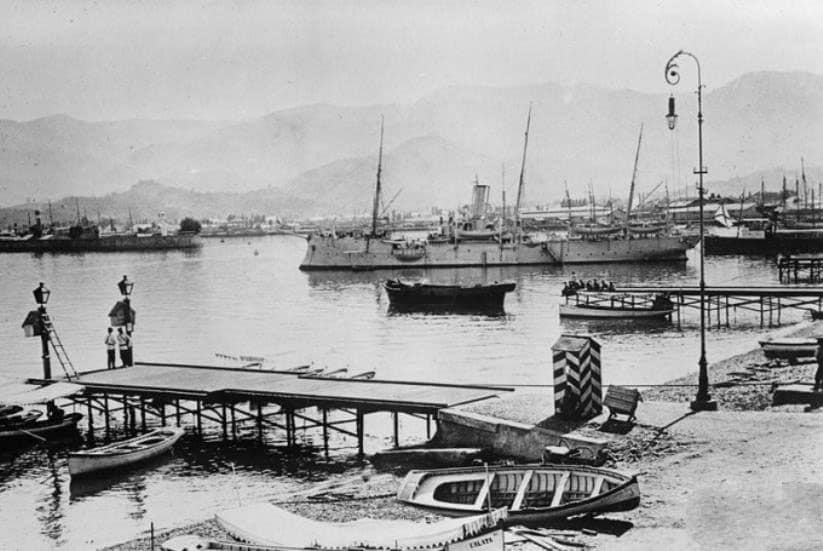Online resources

#forgotten stories-Port of Batumi
After the Russo-Turkish War of 1877-1878, Batumi became part of the Russian Empire; after that, the city's economic and industrial growth and development took place at a rapid pace.
In 1883, the Samtredia-Batumi railway line was built, opening the way for oil from Baku to Europe. Batumi harbour gained international importance due to its cargo turnover. The harbour was the source of the enrichment of the population and the intensive growth of the city. A favourable natural bay, an advantageous geographical position at the entrance to Transcaucasia, and the shortest transit to Persia and Central Asia gave the port of Batumi a good reputation. Oil, which accounted for 80% of all exports, as well as manganese and other raw materials, reached the world markets via Batumi. In the city, the number of factories of large foreign companies grew extraordinarily fast, especially the factories producing tare (tanks) for oil transport. The population expanded and increased from 3,000 in 1878 to 8,670 in 1882. 18,113 people were registered in the town in the 1890 census, 28,156 in 1897, and 33,543 in 1907.
On 1 October 1888, civil status was introduced in Batumi, and it was given the status of a city. The new public self-government focussed its activities on the expansion of the city, the improvement of sanitary living conditions, and decoration and beautification. For several years, almost all the money from the harbour was used to improve the city. The construction of public and educational facilities, the establishment of hospitals, power stations, and city lighting, the draining of swamps, the laying of water pipes, and the greening of streets began. All this happened during the heyday of Batumi and, more precisely, its harbour.

 News
News Online magazine
Online magazine Tickets
Tickets